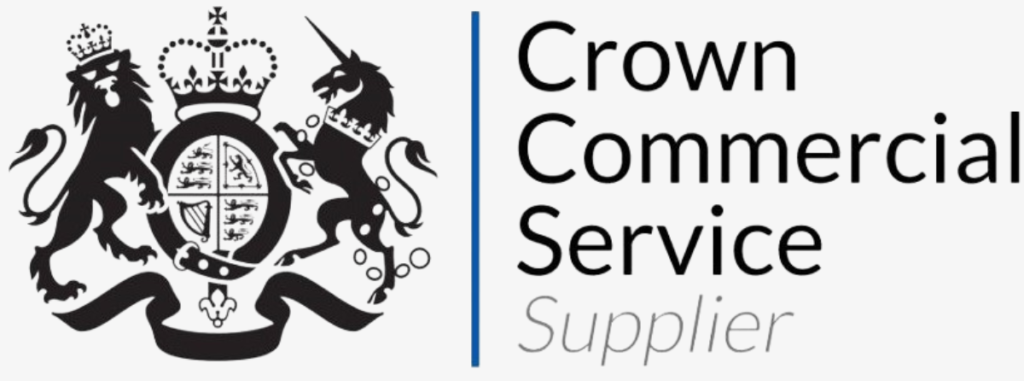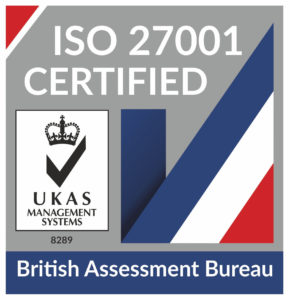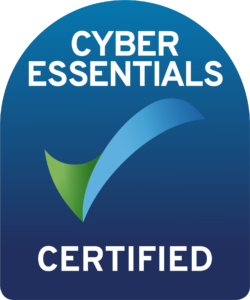
HaloITSM Guides
Documentation to assist with the setup and configuration of the HaloITSM platform
Asset Types/Groups
In this guide we will cover:
- How to create an asset group
- Assets vs Items
- How to create a new asset Type
To see what each setting against an asset type does, check out the associated admin guides:
Admin Guides:
Configuring asset types and groups in Halo will allow you to more readily view an organised list of your devices and will also allow you to specify precisely what data points you need to capture against each asset. Each asset will need to be assigned an asset type, and each asset type will sit within an asset group.
Asset Groups
Head to Configuration > Asset Management > Asset Groups.
Fig 1. Asset Groups option.
There aren't many options in here, as you simply add to a list of Asset Groups. Create a new group by clicking "New" in the top right hand corner. Each Asset Group provides you with the below options:
Fig 2. Options within an asset group.
Each group allows you to specify a name & provide some notes, potentially providing further detail about what the group contains (if applicable). You will also see two options here: "Use for Assets" and "Use for Items".
You may be asking yourself at this point "How are Assets and Items related to each other?"
Assets Vs Items
To summarise: An Asset can be thought of as an instance of an Item/Product.
Items/Products (the term "Item" and "Product" are interchangeable in Halo) are the entities you add to your quotes, sales/purchase orders and invoices. Products themselves do not contain unique identifiers such as serial numbers as this information would be against an asset.
Example: You own a shop that sells iPhones. You have 200 iPhones in the 'Back Office'. Someone comes in and buys one of your 'stock' - you go into the back office & pick out one of the phones.
At the point of picking an iPhone to sell, you're not concerned with the specific serial number/IMEI - you simply go out back and pick one off the shelf.
Once you make the sale, you scan the barcode and give the customer a receipt of the transaction, which includes the serial number of the iPhone you have sold them.
In this example, the 'Back Office' would be a stock location/stock bin in Halo. You would have an iPhone product with a stock quantity of 200. The particular iPhone you sold would be an asset - with a serial number/IMEI added to the assets information.
Asset Types
Asset types can be thought of as being similar to ticket types - primarily by virtue of the fact that asset types have distinct field lists. Just like different ticket types require you to fill in different pieces of information (a new starter request requires a 'start date' to be populated, while an Incident does not), different asset types allow you to store different pieces of information against them (you may want to store an IMEI number against a mobile phone, but not against a keyboard).
Asset Types are configured in Configuration > Asset Management > Asset Types. This is where you can attribute information to the asset type in question. Under the "Details" tab you will need to set the details for this asset type, these settings will apply to assets that have this asset type.
For example in the "Asset Tag Prefix" field you can set the prefix that appears before all asset tags for assets that have this type. For the Laptop asset type you may want this to be 'LAP-' so asset tags differ based on the asset type they have. An explanation for each of the settings here can be found in the "Asset Types" administrator guide linked at the beginning. You will also need to set an asset group for this asset type, this is the group that assets of this type will appear under.
Fig 3. Asset Type details.
Each asset type can also have a field list set against it. These are the fields that will appear against every asset that has this type. Three fields can be marked as key fields, these fields will appear in the column view when viewing assets of this type in the asset module.
Fig 4. Asset type field list.
The "Layout" tab can be used to create a custom tab layout as well as set if fields are restricted, visible or required for creation.
Fig 5. Layout tab on an asset type.
For instance, if "Users" is set to "Visible - Required", the following popup will show when saving if I try to create an asset of that type without assigning a user. (Users is available as of v2.182.1+).
Fig 6. Mandatory field popup.
If a field is set to "Not Visible" it will not show on either the new creation screen or when viewing an existing asset of that type. If changed back to either of the "Visible" options, the user(s) the asset was previously associated with will show again.
Once you have set up your asset type you can assign an asset to this type by heading to Assets > select an asset, under the "Details" tab/pane change the "Asset Type" field to the desired type.
Fig 7. Change an asset's type.
Popular Guides
- Asset Import - CSV/XLS/Spreadsheet Method
- Call Management
- Creating a New Application for API Connections
- Creating Agents and Editing Agent Details
- Departments and Teams
- Halo Integrator
- Importing Data
- Multiple New Portals with different branding for one customer [Hosted]
- NHServer Deprecation User Guide
- Organisation Basics
- Organising Teams of Agents
- Step-by-Step Configuration Walk Through



